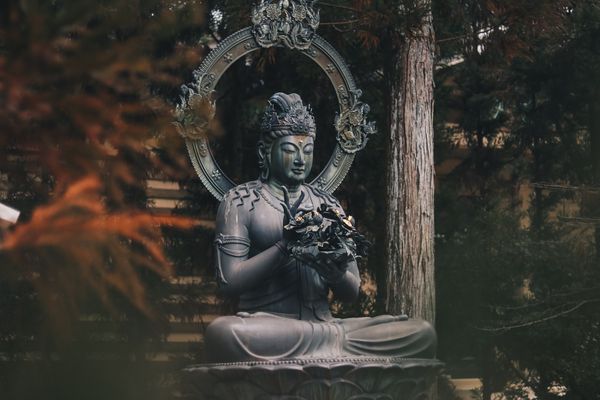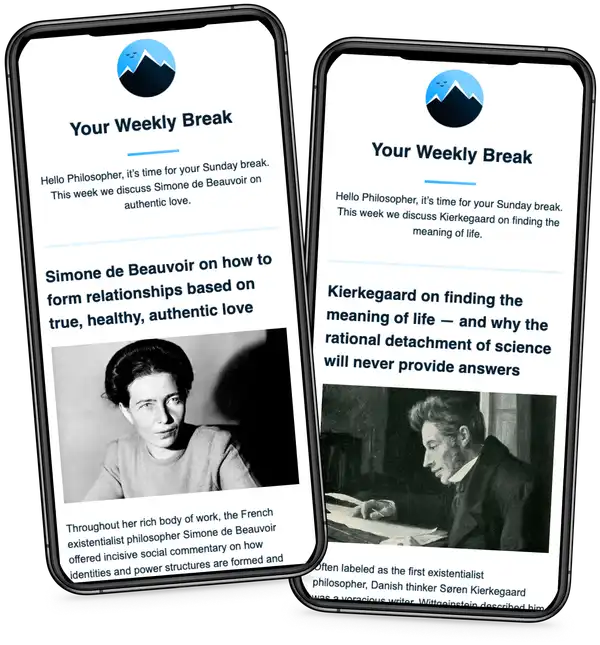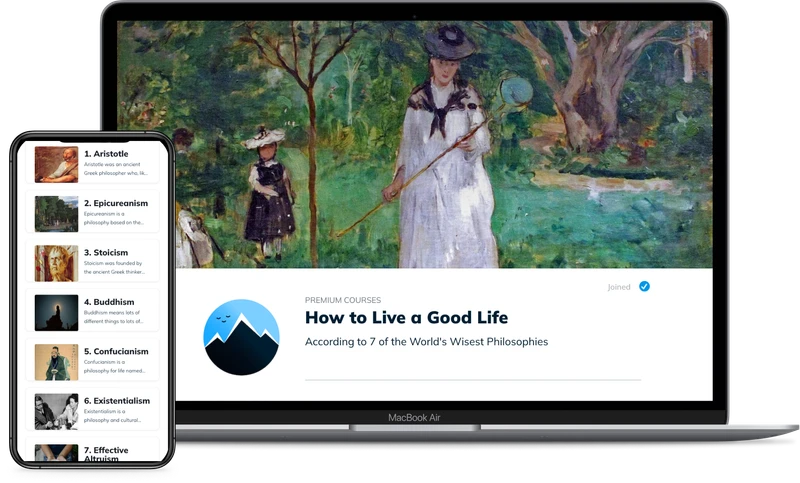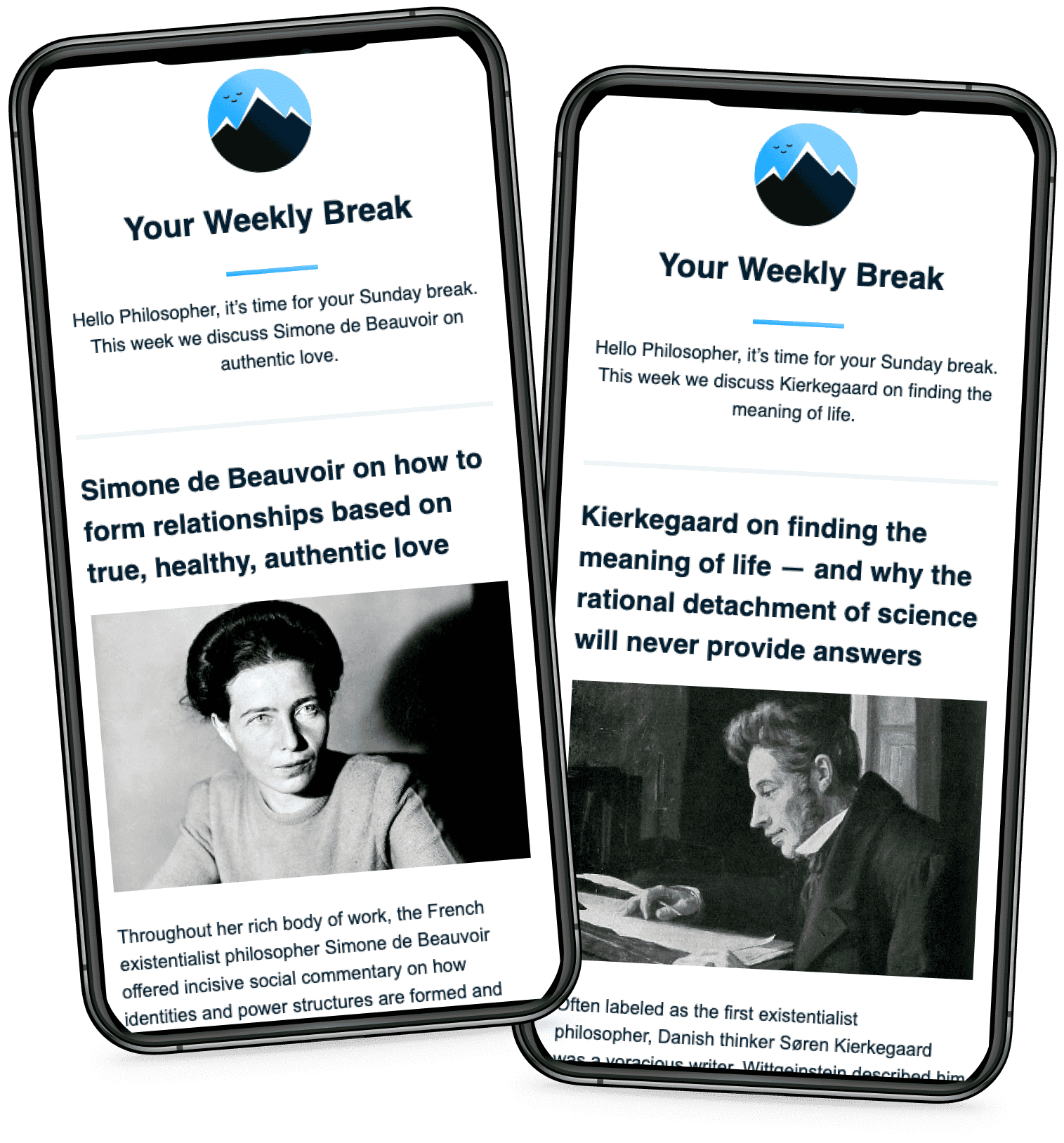
The Buddha On Ending Suffering: the Parable of the Poisoned Arrow
A lesson from the Buddha on why solving the immediate problem of suffering is the only philosophical pursuit that should command our attention.

The teachings of the Buddha have one core purpose: to eradicate dukkha, a Pali word often translated as ‘suffering’, but perhaps stronger than this, intended to capture all of life’s dissatisfaction, disappointment, unfulfilled hopes, and unhappiness.
For the Buddha, alleviating dukkha is our most important task in life.
The emphasis and urgency in the Buddha’s teaching can be illustrated through the parable of the poisoned arrow, as recorded in the Cūḷamālukya Sutta, which is part of Majjhima Nikāya collection of the Sutta Piṭaka, a fundamental text of Buddhist philosophy.

The story describes an exchange between the Buddha and a monk named Malunkyaputta. Malunkyaputta approaches the Buddha with a whole host of questions he thinks the Buddha has ignored, questions considered central in other areas of philosophy (and other religions), such as:
- Is the cosmos infinite?
- What happens after death?
- Is the mind made of the same ‘stuff’ as the body?
Malunkyaputta demands answers to these questions, and threatens to quit Buddhist practice if he doesn’t receive them. The Buddha responds to Malunkyaputta thus:
Suppose, Malunkyaputta, a man were wounded by an arrow thickly smeared with poison and his friends and family brought a surgeon to treat him. The man would say: ‘I will not let the surgeon pull out this arrow that wounded me until I know if the man who wounded me was tall, short, or middle height, dark or brown or golden-skinned, whether the man lived in a village or town or city… until I know whether the bow that wounded me was a long bow or a crossbow, whether the bowstring was made of fiber, reed, sinew, hemp or bark… until I know with what kind of feathers the shaft that wounded me was fitted — whether those of a vulture, a heron, a stork, a hawk, or a peacock…’
The Buddha goes on in this manner, before concluding that the wounded man in the parable would die of poisoning long before he received any answers to such questions. “So, too, Malunkyaputta,” he continues:
if anyone comes to the Buddha and says he will not follow the Buddha until these questions are answered he, too, will die.
The parable of the poisoned arrow makes clear that the Buddha’s highest priority is to eliminate suffering. Abstract questions about the cosmos matter very little when there is suffering right here, right now that we have the power to eradicate.
Rather than speculate on doctrinal matters, the Buddha wants to play the role of a doctor: he wants to provide practical solutions to real human problems.
If we are experiencing pain or dissatisfaction in our day-to-day lives, what could be more important than working to fix whatever’s causing it? Buddhist monks advise us to consider the truths of Buddhism as if our hair is on fire — such is the urgency of our task.
Buddhist philosophy is thus concerned with extinguishing that background buzz of dissatisfaction many of us carry.
‘What are you waiting for?’ it demands: pull out the poisoned arrow, put out the fire. Solving the immediate problem of suffering is the only thing that should command your attention.
Do abstract questions not matter?
One interpretation of the parable of the poisoned arrow is that the Buddha is dismissing the importance of abstract questions altogether. This might make us balk, for it is surely progress on abstract questions that has, in part, led to technological breakthroughs that alleviate real suffering for people.
Another interpretation, however, is that the Buddha does not provide answers to such questions because, unless you yourself are enlightened, the answers will have no meaning.
Attempting to communicate whether the cosmos is infinite, what happens after death, and so on with mere words is futile — especially for people still caught up in the suffering of day-to-day existence.
Only if you achieve enlightenment and directly experience the true nature of reality yourself will you move closer to answering the more esoteric questions of existence.
Or, perhaps, you may find that such questions no longer matter.
Either way, the quickest way to attain such insight is to follow the Buddha’s teaching. Thus the Buddha’s impatience with Malunkyaputta — stop dragging your heels on clever-sounding but ineffable questions, and focus on the hard work of achieving enlightenment yourself.
As the late Buddhist monk Thich Nhat Hanh put it while commenting on the parable of the poisoned arrow in his 1971 book, Zen Keys: A Guide to Zen Practice:
Life is so short. It must not be spent in endless metaphysical speculation that does not bring us any closer to the truth.

From the Buddha to Nietzsche: join 24,000+ subscribers enjoying my free Sunday Breakdown
In one concise email each Sunday, I break down a famous idea from philosophy. You get the distillation straight to your inbox.
💭 One short philosophical email each Sunday. Unsubscribe any time.
How can we eliminate suffering?
If we decide to heed the Buddha’s parable, what next? How can we eliminate suffering? Well, Buddhists think most of our suffering arises from a fundamental mismatch between how we view reality and reality itself. The path to ending dukkha, therefore, lies in facing up to and correcting our false beliefs about the world.
One of our most prominent and damaging misconceptions about reality is our confused notion of ‘self’, which you can explore in our brief explainer on anātman, the Buddhist doctrine of no-self.
The Buddha further packages his path to ending suffering with his Four Noble Truths and Eightfold Path, which we’ll discuss in upcoming articles.
In the meantime — what do you make of the Buddha’s laser focus on suffering? Should eradicating pain and suffering be philosophy’s primary target? Or can metaphysical speculation be useful?
Learn more about Buddhist philosophy
If you’d like to learn more about Buddhist philosophy — especially how the Buddha recommends we actually go about fixing suffering — we’ve assembled a list of the best introductory books on Buddhism here.
You may also be interested in our new guide, How to Live a Good Life (According to 7 of the World’s Wisest Philosophies), which compares the wisdom of Buddhism to six rival philosophies for life.

How to Live a Good Life (According to 7 of the World’s Wisest Philosophies)
Explore and compare the wisdom of Stoicism, Existentialism, Buddhism and beyond to forever enrich your personal philosophy.
Get Instant Access★★★★★ (100+ reviews for our courses)
About the Author

Get one mind-opening philosophical idea distilled to your inbox every Sunday (free)

From the Buddha to Nietzsche: join 24,000+ subscribers enjoying a nugget of profundity from the great philosophers every Sunday:
★★★★★ (100+ reviews for Philosophy Break). Unsubscribe any time.

Take Another Break
Each break takes only a few minutes to read, and is crafted to expand your mind and spark your philosophical curiosity.





